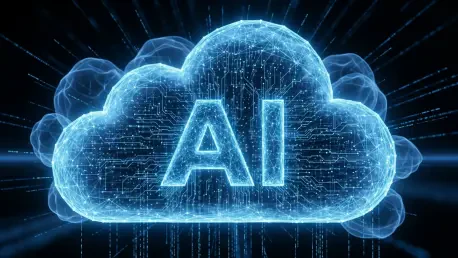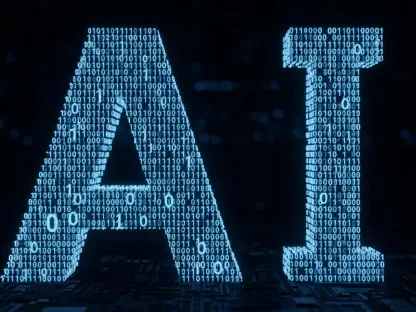I’m thrilled to sit down with Anand Naidu, our resident development expert at the forefront of cloud computing and container orchestration. With his extensive knowledge of both frontend and backend technologies, Anand brings a unique perspective on the latest advancements in coding and platforms like Red Hat OpenShift. Today, we’re diving into the newly released OpenShift 4.20, exploring its groundbreaking features for AI workloads, enhanced security measures, and performance optimizations. Let’s uncover how this update is shaping the future of hybrid cloud applications.
How would you describe the key highlights of Red Hat OpenShift 4.20, and what makes this release particularly exciting?
OpenShift 4.20 is a game-changer in the world of Kubernetes-based hybrid cloud platforms. The main focus of this release is to supercharge AI workload management, beef up security, and optimize performance for virtualized environments. What stands out is how it builds on previous versions by addressing complex needs like deploying AI models at scale and securing critical communications. It’s not just an incremental update; it’s a strategic leap forward for organizations looking to bridge the gap between experimentation and production, especially in AI-driven projects.
Can you walk us through the advancements in handling AI workloads with this release?
Absolutely. OpenShift 4.20 introduces some powerful tools for AI workloads. One of the standout features is the LeaderWorkerSet (LWS) API, which automates orchestration and scaling for large, distributed AI tasks. This makes managing sprawling workloads much simpler. Additionally, the image volume source feature slashes deployment times by allowing new AI models to be integrated in minutes without needing to rebuild entire application containers. Together, these capabilities help users move seamlessly from testing AI concepts to running them in real-world production environments.
Cluster management seems to be a big focus. How does the Model Context Protocol (MCP) enhance the experience for developers working on AI projects?
The Model Context Protocol, or MCP, is a fantastic addition for cluster management in OpenShift 4.20. It provides a structured way to oversee clusters, especially for AI workloads, by integrating with familiar tools like Visual Studio Code. This integration means developers can manage clusters directly from their preferred coding environments, streamlining workflows and reducing the learning curve. It’s all about making complex tasks more approachable and efficient, so teams can focus on innovation rather than wrestling with infrastructure.
Security is always a hot topic. What new measures in OpenShift 4.20 are strengthening protection for users?
Security gets a significant boost in this release, particularly with the introduction of post-quantum cryptography for control-plane traffic. This is a forward-thinking approach to safeguard critical communications against future threats, ensuring data remains secure even as computing power evolves. It’s a long-term investment in protecting sensitive operations. For users of OpenShift Platform Plus, there are also updates like Red Hat Advanced Cluster Security 4.9, along with improvements to tools for managing and analyzing security data, which provide deeper insights and control over potential vulnerabilities.
Speaking of performance, how do features like CPU load-aware rebalancing impact virtualized workloads in this update?
CPU load-aware rebalancing is a smart addition to OpenShift 4.20. It dynamically adjusts resources based on workload demands, which is a huge win for virtualized environments where efficiency is key. This ensures that resources aren’t wasted and performance stays consistent even under heavy loads. On top of that, adding Arm support broadens hardware compatibility and boosts performance, especially for users looking to optimize costs and energy usage. These features together make the platform more agile and resource-efficient.
What’s your forecast for the future of hybrid cloud platforms like OpenShift, especially with the rapid integration of AI and security needs?
I believe hybrid cloud platforms like OpenShift are poised for explosive growth and innovation. As AI continues to permeate every industry, platforms will need to keep evolving to handle increasingly complex workloads with speed and reliability. Security will remain a cornerstone, with more emphasis on proactive measures like post-quantum cryptography to stay ahead of emerging threats. My forecast is that we’ll see even tighter integration of AI tools, automation, and cross-platform compatibility in the coming years, making hybrid cloud solutions the backbone of digital transformation for businesses worldwide.









